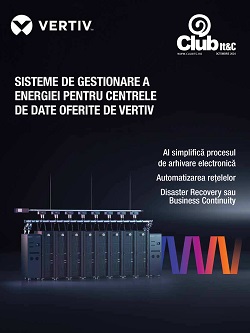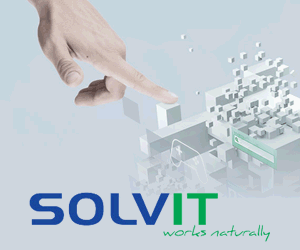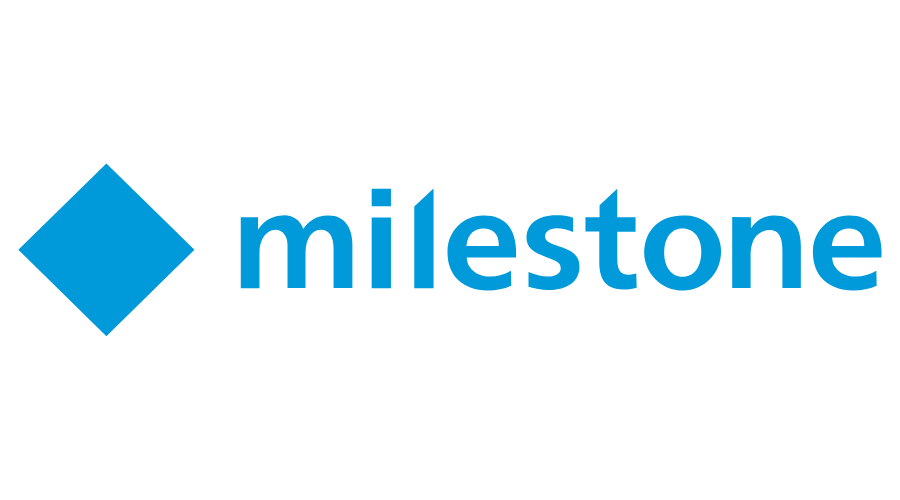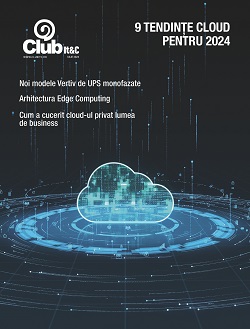 Over the past few years, the Internet of Things (IoT) has become increasingly ubiquitous. Over 27 billion networked devices will be online in 2021 and 75 billion by 2025. The Industrial Internet of Things (IIoT), in particular ,could add $14 trillion to the global economy by 2030. Numerous industry sectors already rely on IIoT devices like smart meters, alarms and sensors for business-critical tasks like machine automation, monitoring and predictive maintenance; inventory tracking; and process/workflow transformation.
Over the past few years, the Internet of Things (IoT) has become increasingly ubiquitous. Over 27 billion networked devices will be online in 2021 and 75 billion by 2025. The Industrial Internet of Things (IIoT), in particular ,could add $14 trillion to the global economy by 2030. Numerous industry sectors already rely on IIoT devices like smart meters, alarms and sensors for business-critical tasks like machine automation, monitoring and predictive maintenance; inventory tracking; and process/workflow transformation.
But despite its growing prominence, organizations moving to IIoT cannot afford to ignore its security issues. An IIoT network can extend over many miles and have hundreds of thousands of data points. A weakness in one device can make all other devices on the network vulnerable to cyberattacks, and increase the risk of process interruptions, unauthorized manipulation and even corporate espionage.
To protect IIoT devices and networks, companies must stop thinking of security as an afterthought. Security by obscurity is not an adequate solution; the need of the hour is security by design.
Here are some ways companies moving to IIoT can minimize security risks.
Select the Right Cyber-Hardened Technology
As IIoT networks grow, industrial organizations must implement strong IoT-specific security technologies. But first, get clarity on important aspects like:
• Critical threat vectors
• Regulatory and compliance considerations
• Type of Machine to Machine (M2M) technology and the need for failure-free operations
• Type of data being collected, especially if it is time-sensitive and/or business-critical
• External factors that may affect the reliable transmission and receipt of data between different points
• Acceptable trade-off between features, ease of use and security.
Based on these answers, a number of technologies can be identified and implemented to deliver ongoing security for IIoT deployments, including:
• Encryption to prevent the compromise of sensitive data
• Network security and device authentication to secure deployments between devices, edge equipment, and back-end systems
• Identity and Access Management (IAM) to secure and manage relationships between devices and identities
• Security analytics to identify and stop potential attacks or intrusions that may bypass traditional security controls.
Devices such as the AR2010V VPN Router from Allied Telesis simplify the installation and management of a connected IIoT infrastructure, even in highly demanding scenarios. This makes it a powerful solution when both security and high performance are paramount in an IIoT deployment.
Consider Security a Strategic Business Issue, not a Technology Problem
IIoT security must be considered a strategic business issue that requires long-term and robust solutions rather than a technological problem to be resolved by point solutions. For this, it’s crucial to establish Key Performance Indicators (KPI) and set up procedures and practices to meet them. A formal IIoT security program and an operational excellence model can help with both security risk mitigation and performance improvement. To implement this program across the enterprise, a cross-functional security team of IT security, engineering, operations and a control system vendor must be created.
Employees should be given greater visibility into IIoT security operations and operational technology (OT) to improve threat awareness and knowledge of mitigation strategies. A customized cyber-defense training program, such as the one jointly offered by Allied Telesis and NUARI, should also be a critical element of a security framework. Organizations also need skilled IIoT cybersecurity resources to conduct regularly inventory of equipment, and deal with tradeoffs across security, privacy and reliability without adversely impacting operational continuity. Finally, the firm and its security teams should create and employ automation, as well as continuous engineering, delivery and integration to ensure consistent protection.
Incorporate IIoT Risk into the Enterprise-Wide Risk Framework
For a growing IIoT network, companies need to step up the risk management game by managing it at an enterprise-wide level. Companies need to identify and profile all IoT endpoints, and monitor them regularly to assess the risk vulnerability.
To identify vulnerabilities and prepare for potential cyberattacks, consistent risk assessments should be performed and detailed risk mitigation plans should be documented. It’s also a good idea to carry out breach simulations and monitor their security operations center. Strengthening cybersecurity intelligence capabilities can help employees to understand the attack vectors they are most vulnerable to. Risk can also come from external factors, so defining a clear SLA wherever there is reliance on system integrators and other partners.
For optimal risk mitigation with the right security controls and prioritization, break down any existing silos between IT and OT functions, and leverage shared expertise to strengthen overall IIoT security. And by leveraging cutting-edge devices such as the IE340 Series of Industrial Ethernet Layer 2 Managed Switches from Allied Telesis, a network can be protected with superior security mechanisms including SSL,SSH, 802.1X, and more. Simultaneously, high performance, reliability and ease of management provides the best value out of their IIoT infrastructure.
A Final Word
Deploying IIoT technologies and devices at a faster pace than they are secured can leave organizations vulnerable to many cyber-related dangers. These risks can impact operational productivity and efficiency, financial stability, and even the reputation of the company. Unfortunately, most organizations are in the early stages of adopting practices and protective technologies to minimize these risks. IIoT will experience exponential growth over the next few years, so it’s essential that firms make IIoT security their top priority. Only then can they truly leverage its burgeoning power for critical real-world use cases.
Since “IoT security doesn’t exist in a vacuum”, a robust IIoT security program that combines people, processes and technology is absolutely vital. To boost the ROI of your IIoT investment and effectively exploit its massive potential, take steps to protect your networks now. Take a look at our product portfolio or contact us to know more.






























